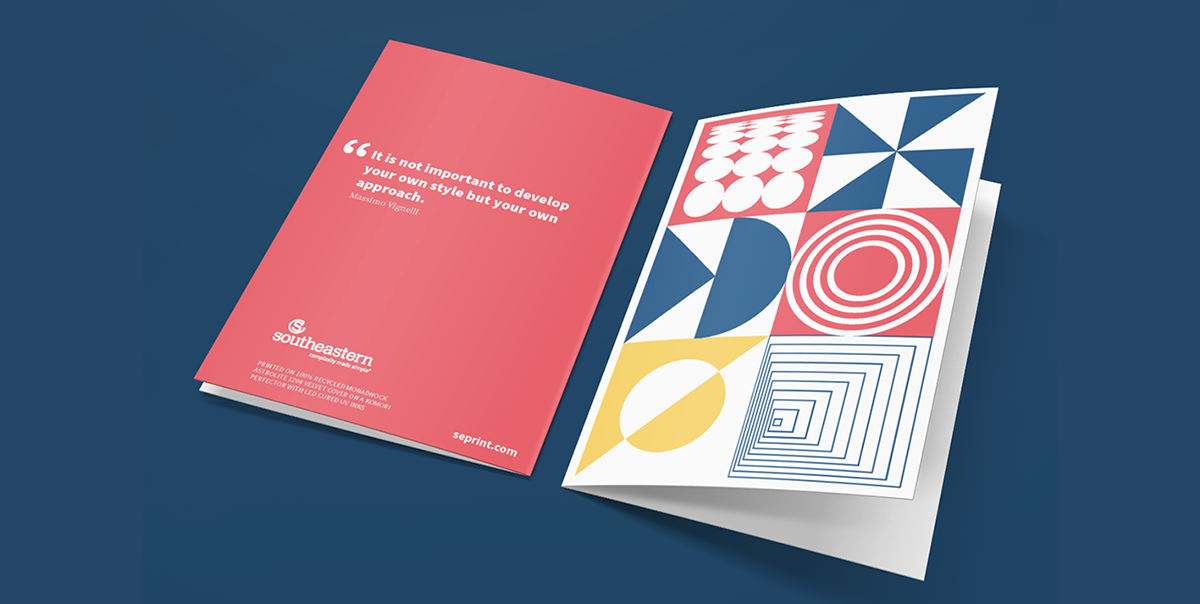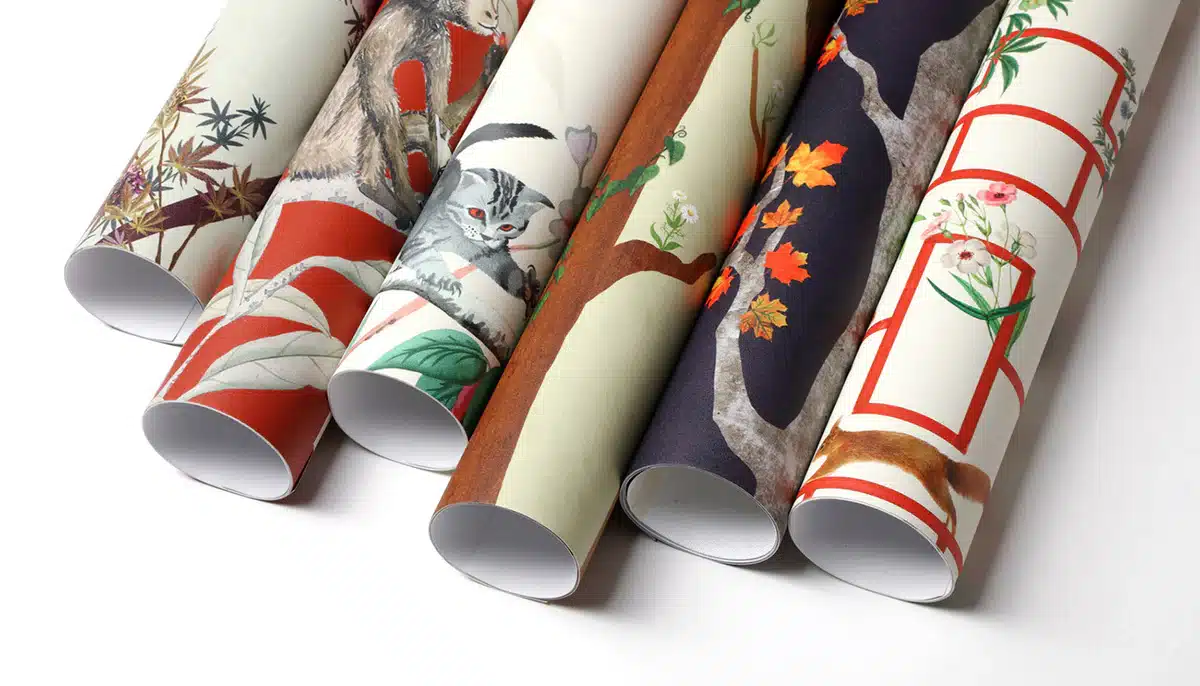A sheet of printing paper is essentially a matted web of microscopic cellulose fibers. Due to the nature of the papermaking process, they are generally aligned in one direction. This is called the grain direction.
When folding the sheet, fibers must bend. Folding paper with the grain creates a smoother edge than against the grain, although the fold is not as strong.
The thicker the paper, the harder it is to create a clean, crisp fold without cracking. To avoid this, printers must “score” papers that are heavier than 100 lb. text. There are several ways to do this, but not all work well on extremely heavy papers. The recommended method for scoring and folding Monadnock double-thick covers is an off-line letterpress score using a 2 or 3 pt. bullnose rule and channel matrix. In this method, a metal blade is pressed at high pressure into the paper along the length of the fold. A channel beneath the sheet allows the fiber to expand, creating a crease that allows the paper to fold smoothly, a consideration in handling and finishing.
It is important to fold the paper properly after scoring. The depression should be on the outside, allowing the scored fibers to stretch across the fold. The proper rule and channel will vary depending on the paper thickness and press conditions such as temperature, pressure and relative humidity. We recommend testing to determine the proper sized rule and matrix as they can vary due to press conditions.
We have found that Monadnock double-thick covers require at least a 2 pt. rule and .040 to .060 matrices for 130 pound and 160 pound. For 200 lb. cover, we recommend at a least a 3 pt. rule with a .080 matrix.




